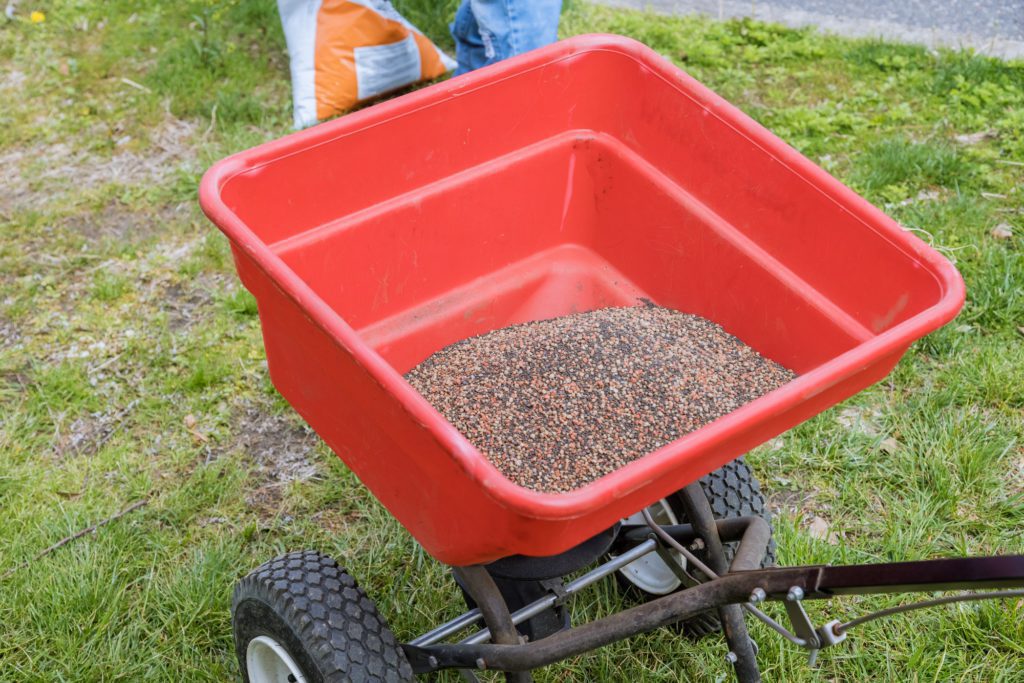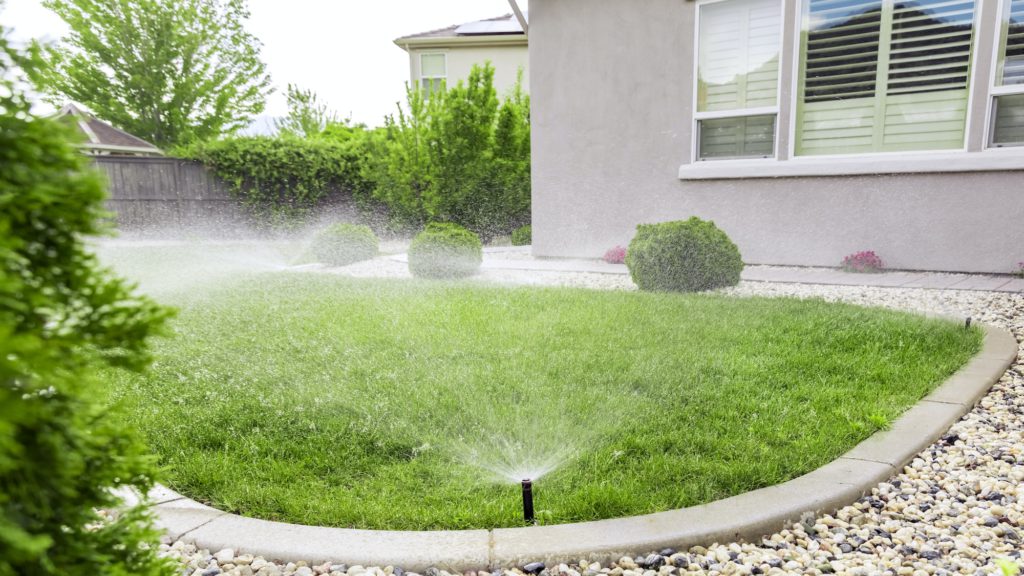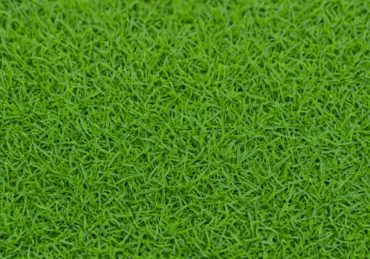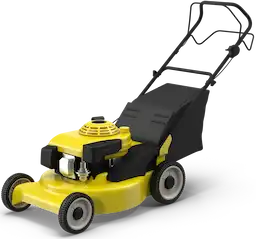Getting your lawn ready for spring doesn’t start in March, it starts now. Fall is the behind-the-scenes season when strong roots are built, weeds are shut down, and tired grass finally gets some breathing room.
These 10 tips cover everything from raking strategies to fertilizing timelines, laid out so you can tackle them before the ground freezes.

1. Rake First, Not Last
Leaves left on your lawn through fall are more than just messy, they’re smothering your grass. As temperatures drop, your lawn needs sunlight and air. A thick, wet layer of leaves traps moisture and blocks both.
Why fall leaf cleanup can’t wait
Raking once in late November won’t cut it. By then, moisture will have compacted the leaves into a soggy mat that encourages mold, not growth. Tackle leaf cleanup weekly or as soon as you see a dense layer starting to form.
Reality Check: A single ¼-inch thick layer of leaves can kill cool-season grass in under four weeks if left untouched.
2. Lower Your Mowing Height (But Don’t Scalp It)
Fall mowing isn’t about keeping things tidy, it’s about prepping your lawn to survive snow and rebound fast in spring. That means gradually lowering the mower blade over the last two or three cuts.
Best cutting height for fall lawn prep
For cool-season lawns like fescue and bluegrass, aim for 2.5 to 2.75 inches on your final mow. Any lower and you risk exposing crowns to frost. Any higher and you invite snow mold and matting.
3. Aerate Before the Freeze
If your lawn gets heavy use, has clay soil, or water tends to puddle after rain, chances are your soil’s compacted. Aeration opens up space for water, oxygen, and nutrients, everything roots need before going dormant.
When to aerate in fall
Early-to-mid fall is your window. That’s typically mid-September to late October in northern zones. Aim for at least four weeks before your ground usually freezes.
Pro Tip: Aerating the same week you overseed gives new seed better soil contact and a head start before winter.
4. Overseed Thin and Bare Patches

If your lawn thinned out over the summer, now’s the time to fix it. Fall gives new grass a quiet runway, fewer weeds, cooler days, and moist soil make germination more successful than spring.
Choosing the right seed
Stick with grass that blends into your existing lawn. Fine fescues or Kentucky bluegrass work well in the upper Midwest and Northeast. In transition zones, turf-type tall fescue is a better bet, it handles cold and heat swings.
Overseeding timeline
You’ve got about a six-week window before soil temps dip below 50°F. In most northern areas, that’s early September through mid-October.
5. Feed the Lawn While Roots Are Active
Fertilizing in fall isn’t about green-up, it’s about root growth. Skip the flashy spring blends and go for a fertilizer with more nitrogen and less phosphorus.
How much fertilizer to apply
Use about 1 pound of nitrogen per 1,000 square feet. Look for a slow-release product labeled for fall use, sometimes called a “winterizer.” Apply 2–3 weeks before the first hard frost to give roots time to absorb nutrients.
Note: Too much nitrogen this time of year leads to top growth when the plant should be shutting down. That leaves grass vulnerable to winter damage.
6. Treat Persistent Weeds While They’re Still Active
Fall is the best season to knock out perennial weeds like dandelion, clover, and chickweed. Unlike annuals, these weeds don’t die off with frost, they come back stronger in spring unless treated now.
Best weather for weed control
Apply a selective broadleaf herbicide on a calm, dry day when daytime temps are above 55°F. That’s when the plant is still drawing energy to its roots, which also pulls herbicide deeper.
7. Keep Watering — Yes, Even in October

Cooler temps don’t mean your lawn’s hydrated. Fall grass still needs about 1 inch of water per week from rain or irrigation.
How to time fall watering
Water deeply once or twice a week in the morning. If rainfall is steady, cut back. But if it’s dry, don’t assume dew is enough. Shallow root growth now equals a weak comeback in spring.
8. Mulch Leaves (The Right Way)
Not every leaf needs to go in a bag. If your mower has a mulching blade, shredded leaves can break down into the soil and boost organic matter. But there’s a line.
When mulching works, and when it doesn’t
If you can still see about 50% of your grass blades after mulching, you’re good. If it’s all leaf bits and no green, you’ve overdone it. Mulching works best when leaves are dry and thin.
9. Don’t Store the Mower Dirty
Once you’ve done your final cut, it’s time to prep your mower for storage. Skipping this step is a fast track to spring repairs.
Mower storage checklist
- Empty the fuel tank or add stabilizer
- Clean grass buildup from under the deck
- Sharpen blades now so they’re ready next season
Warning: Leaving fuel in your mower over winter gums up the carburetor, one of the most common reasons mowers fail to start in spring.
10. Build a Schedule You Can Actually Follow
Trying to do all fall lawn care in a single weekend doesn’t work. You’ll miss ideal timing windows and overload your turf. Instead, space it out.
Sample fall lawn care schedule (Northeast / Midwest)
- Early September: Start raking, begin lower mowing
- Mid-September: Aerate and overseed
- Late September: Fertilize and water
- October: Weed control, mulching, mower maintenance
Fall Lawn Care FAQs (Timing, Watering & Seeding)
What’s the best fall lawn care schedule?
Start in early September with cleanup and mowing adjustments. Aerate and seed by mid-fall, then fertilize 2–3 weeks before your area’s average first frost. Finish with weed control and mower prep in late fall.
How late is too late for fall seeding?
If your soil temps drop below 50°F, germination slows drastically. In northern zones, that means mid-to-late October is usually the cut-off.
Is watering in fall really necessary?
Yes. Even though evaporation slows down, roots still need moisture to grow. A dry fall can set your lawn back months come spring.
Get Ahead of Spring With Help if You Need It
If your weekends are booked and the leaves keep piling up, LawnGuru’s fall yard cleanup services are designed for exactly this moment, one-time leaf removal, final mows, and everything in between.
Book your cleanup now at LawnGuru.





